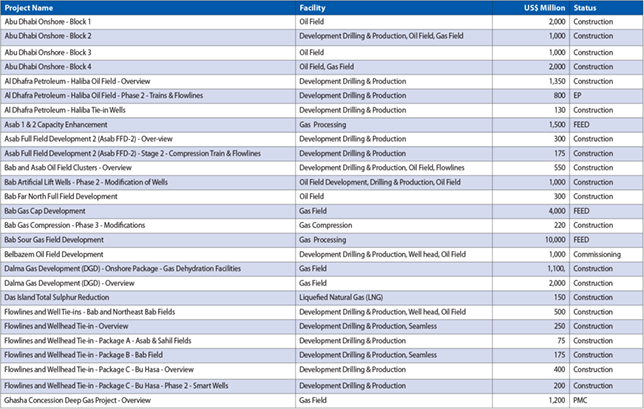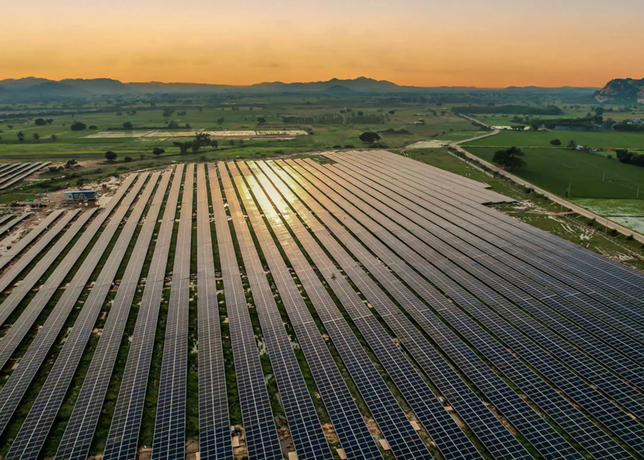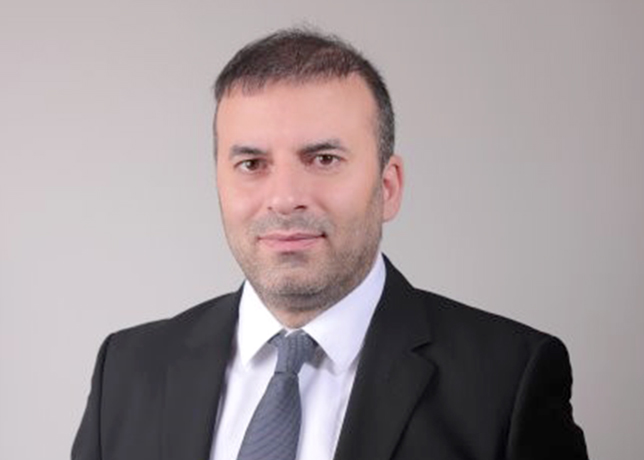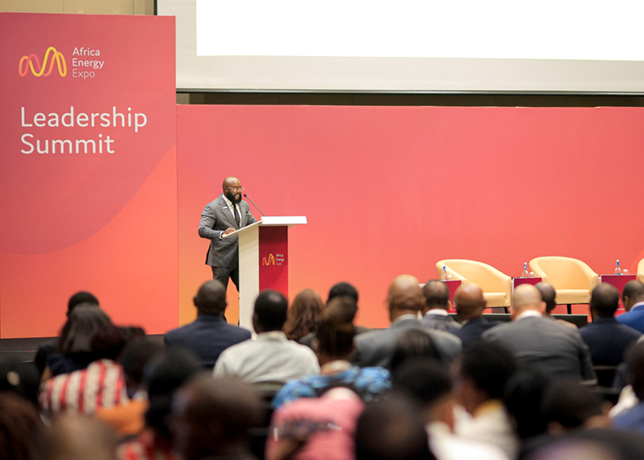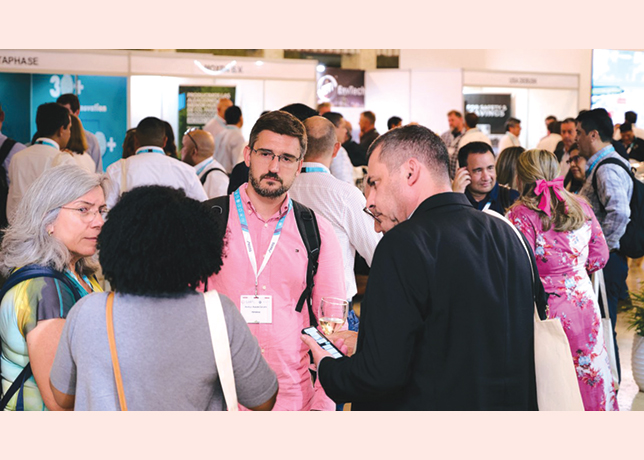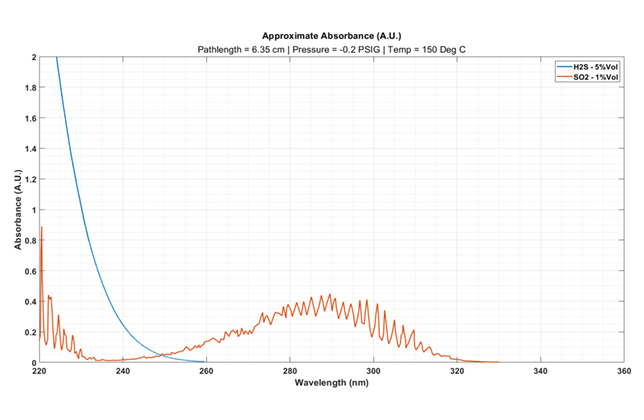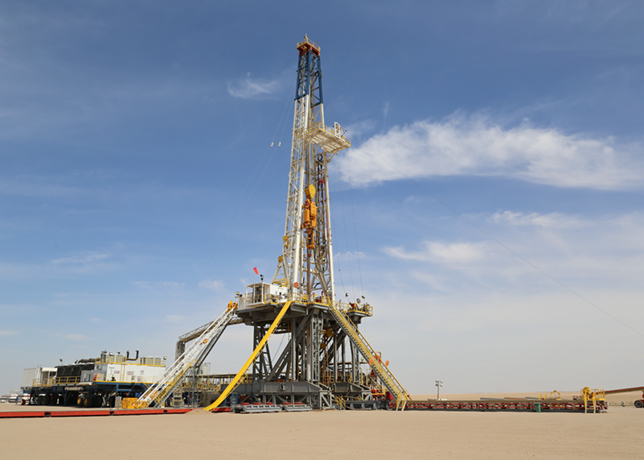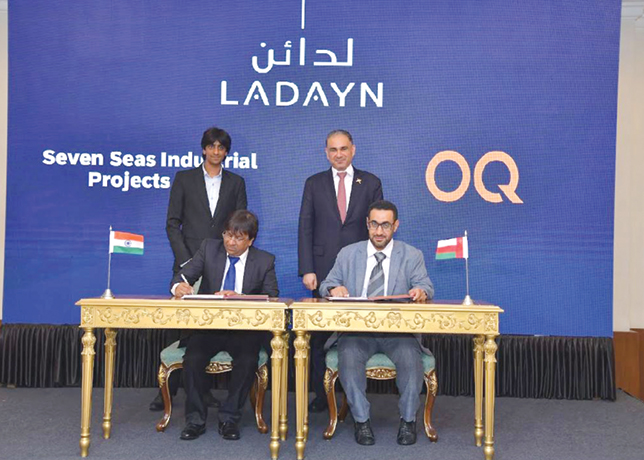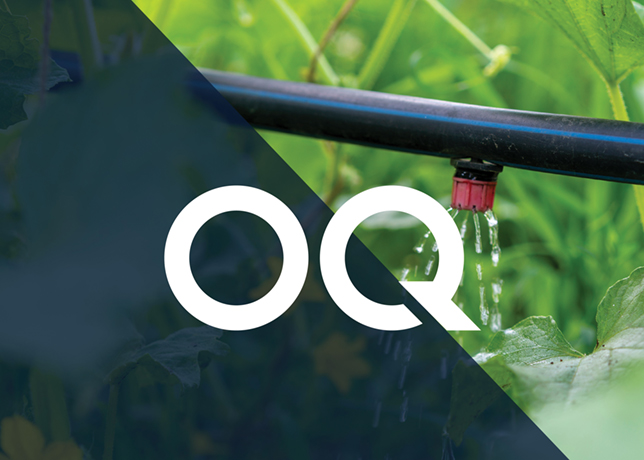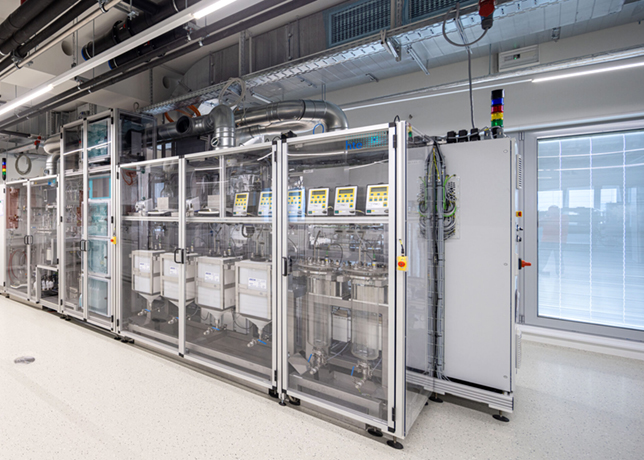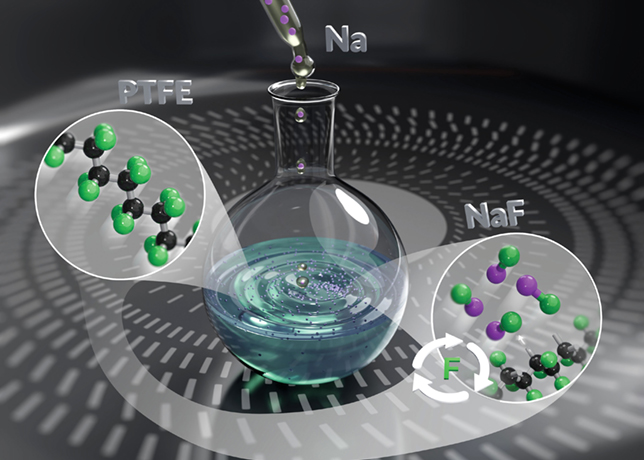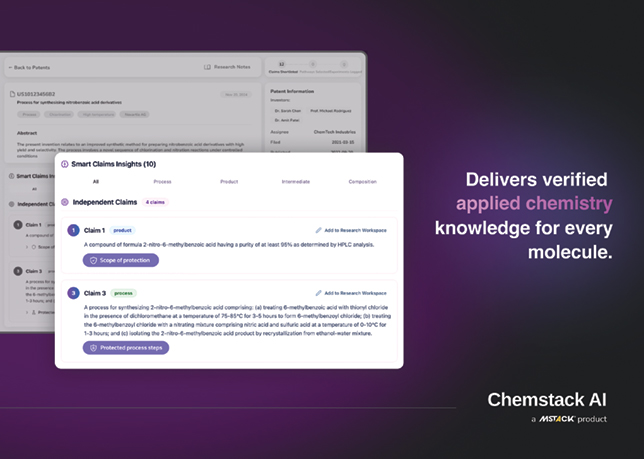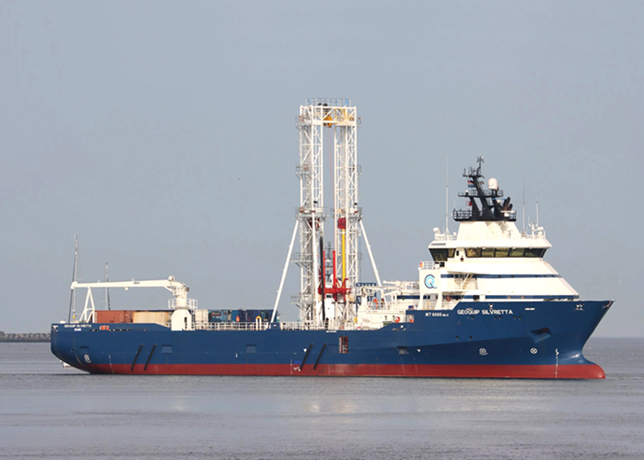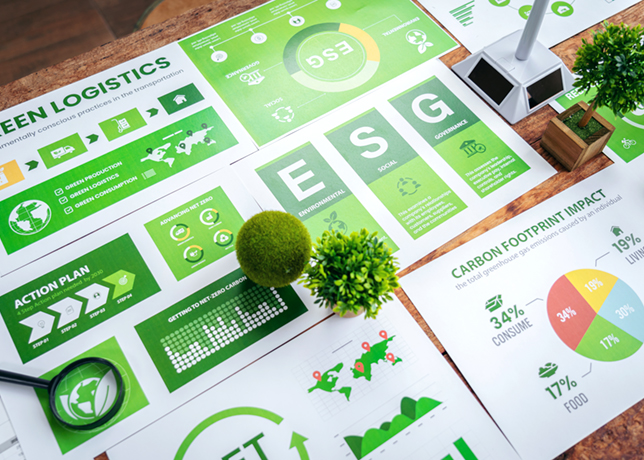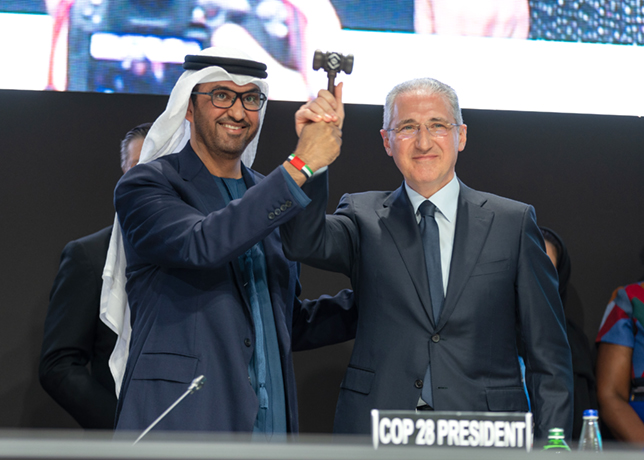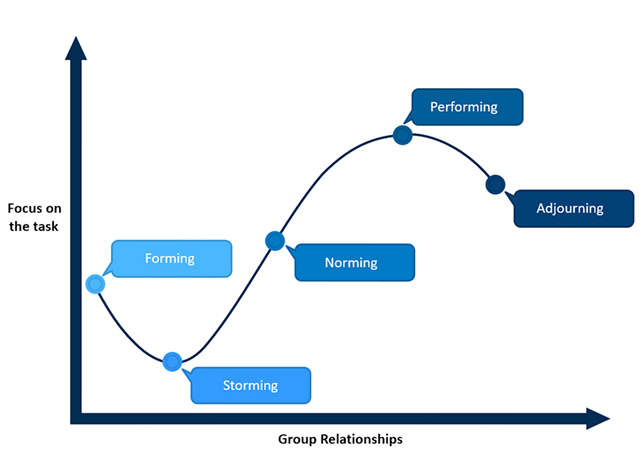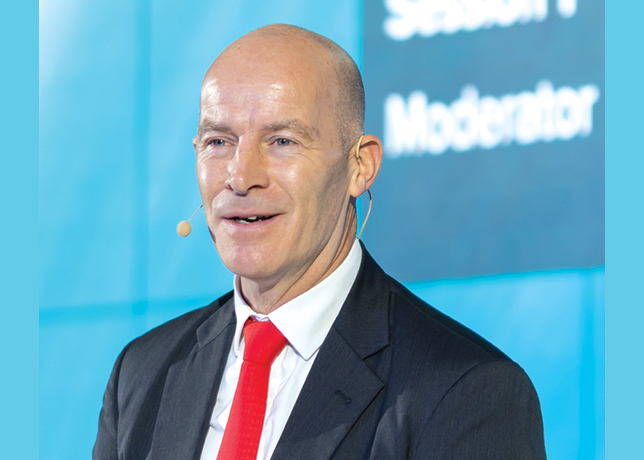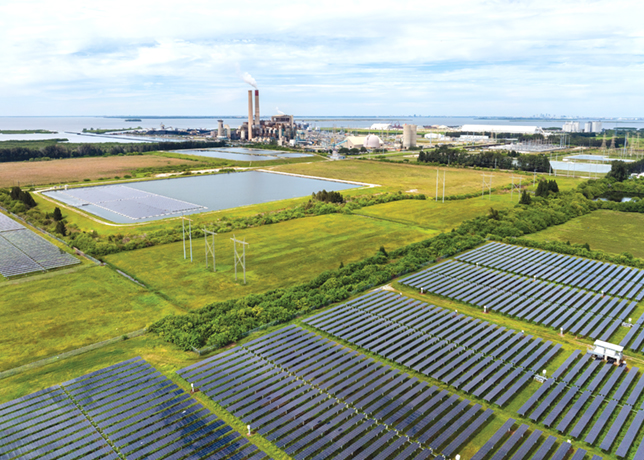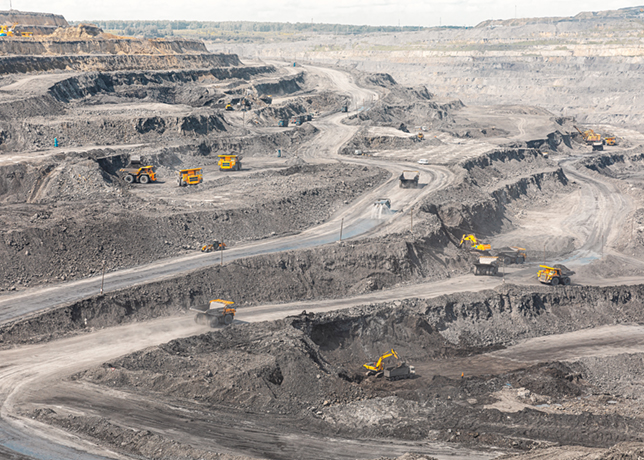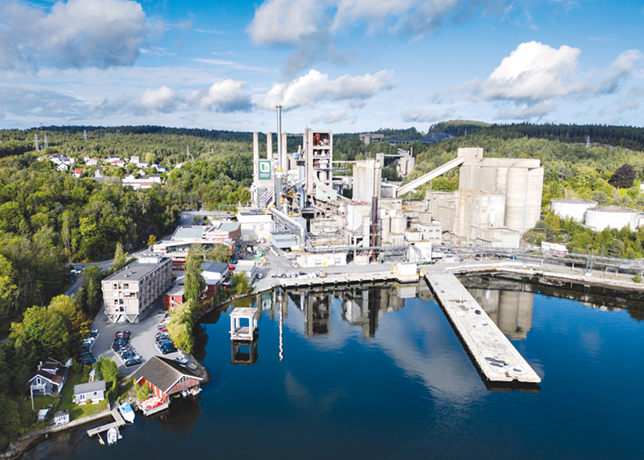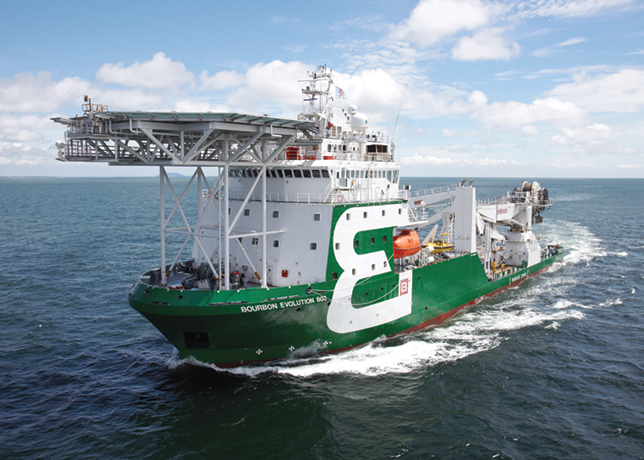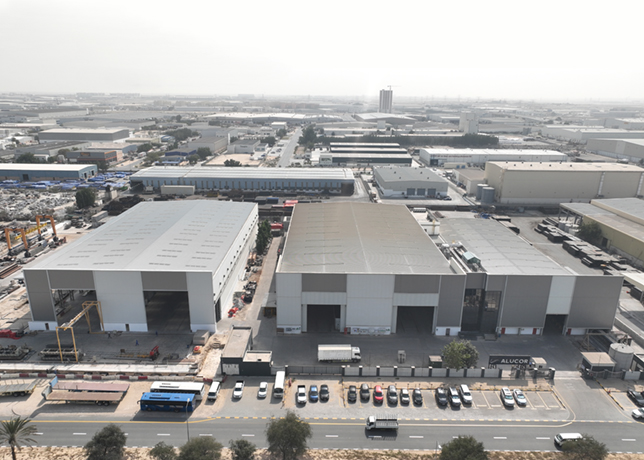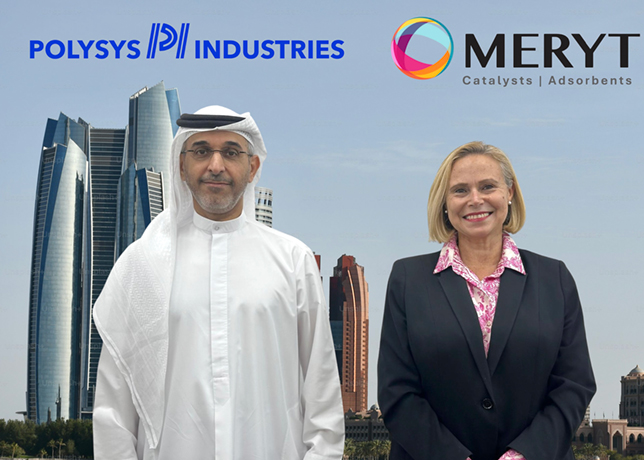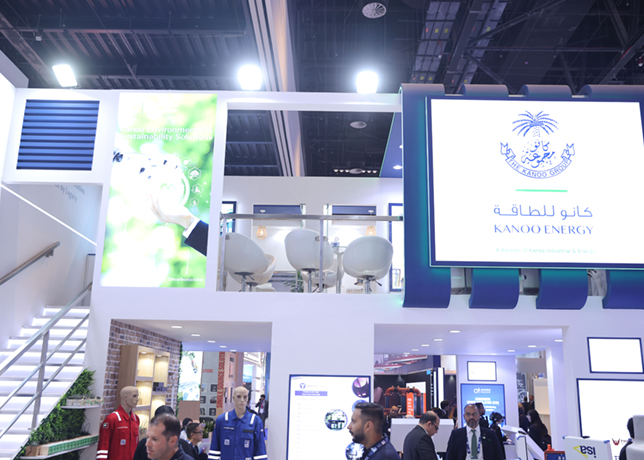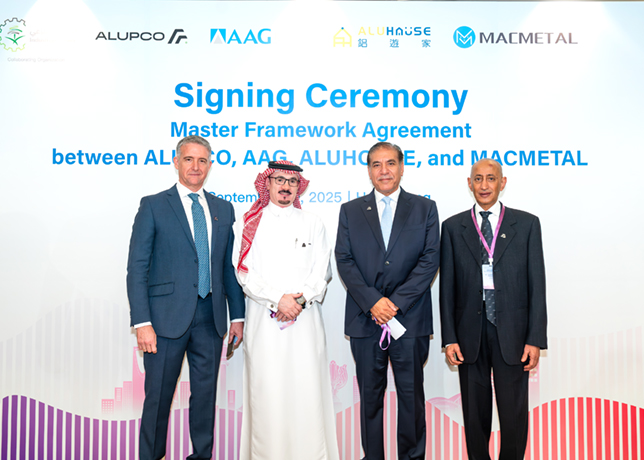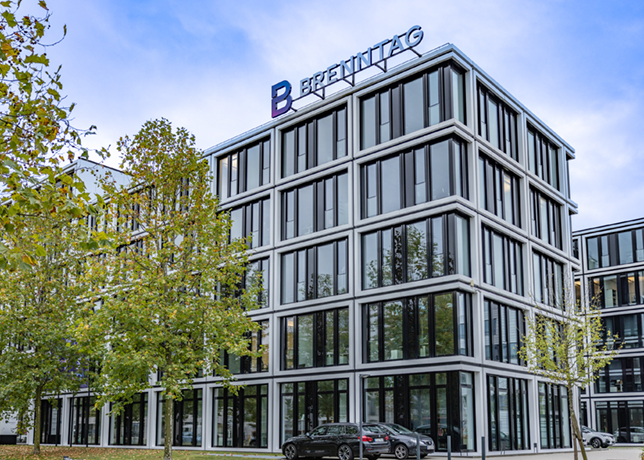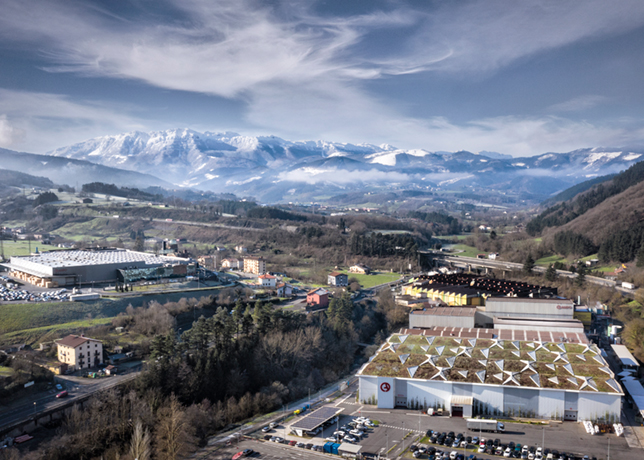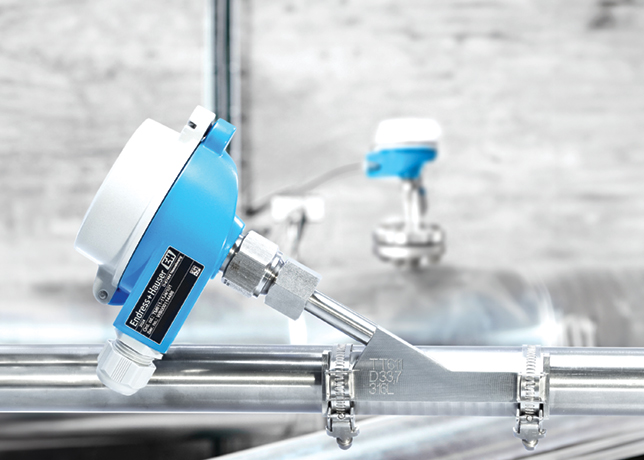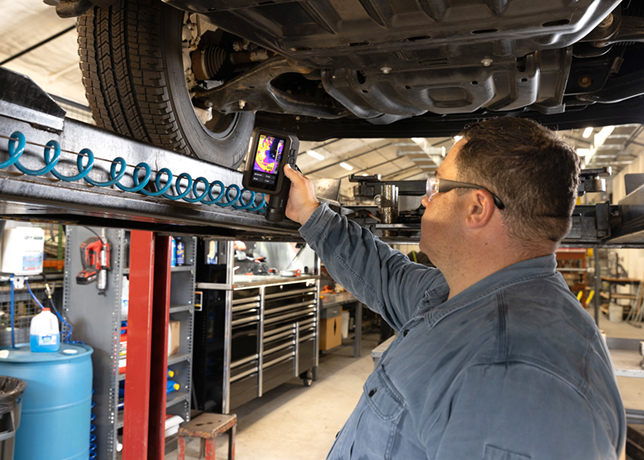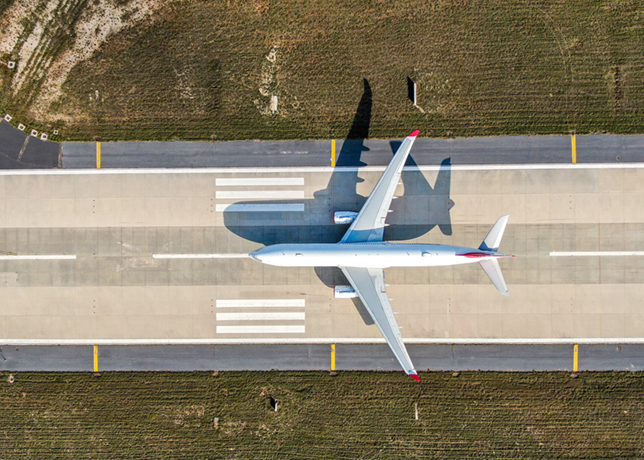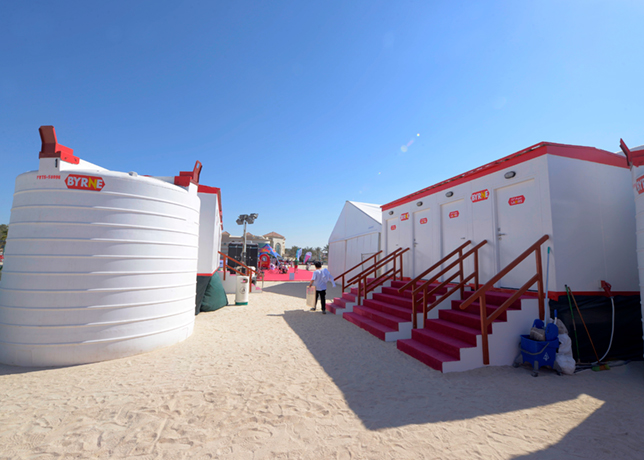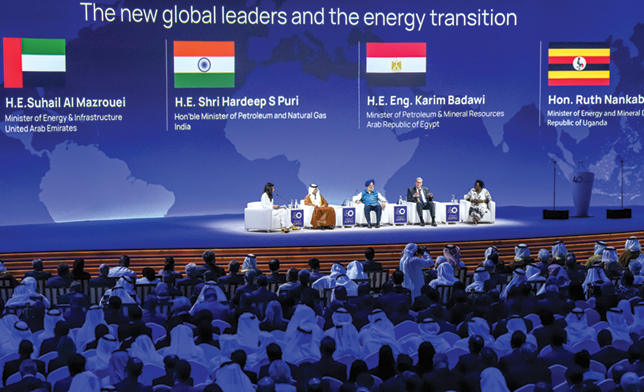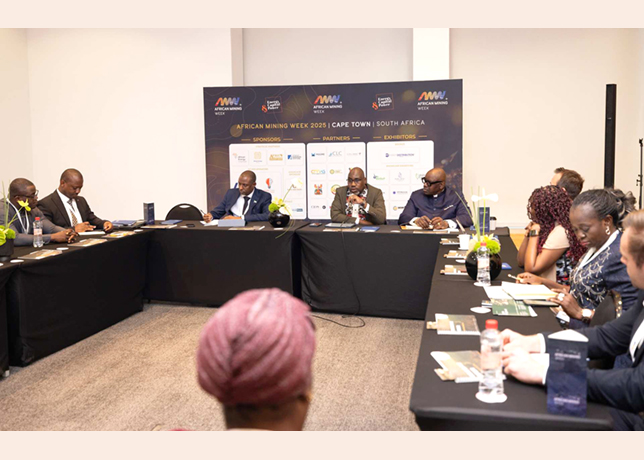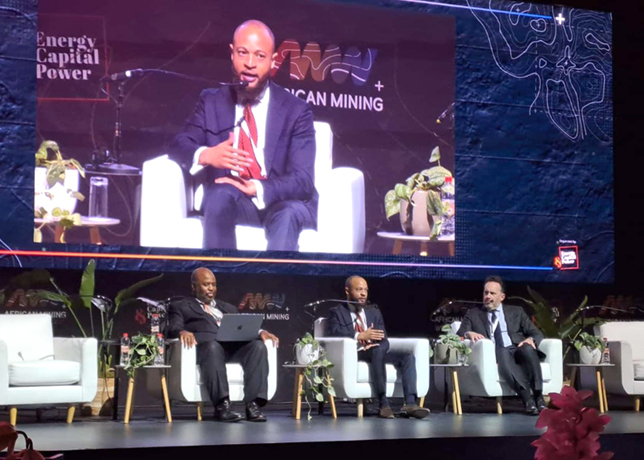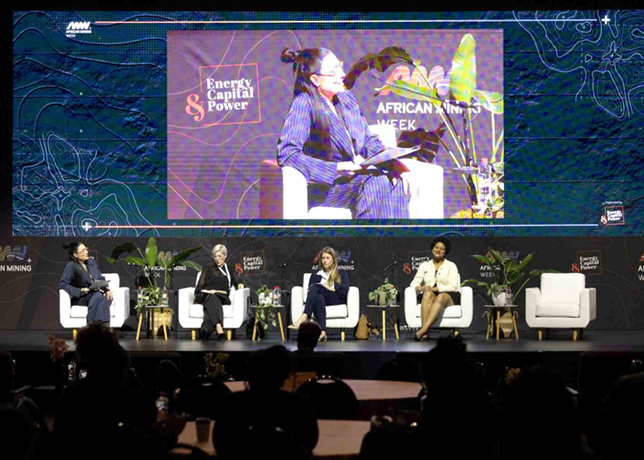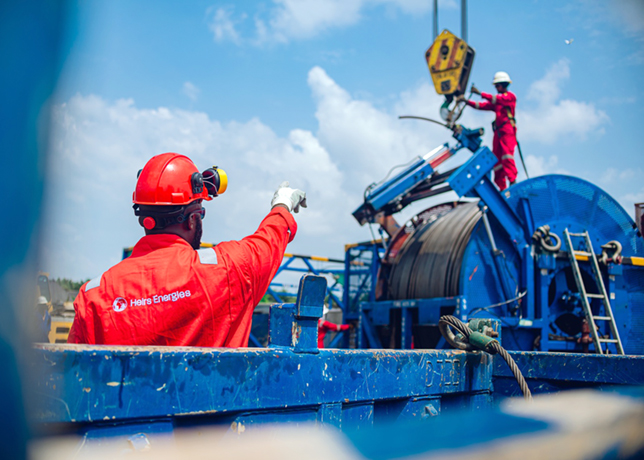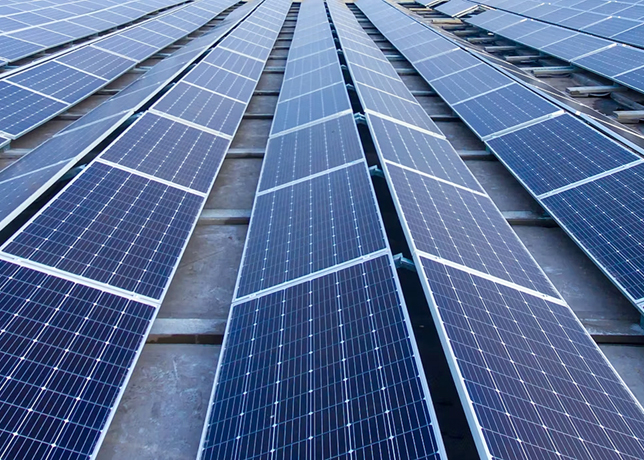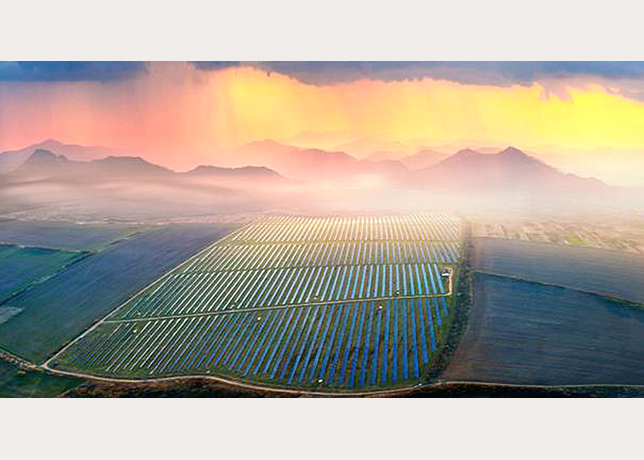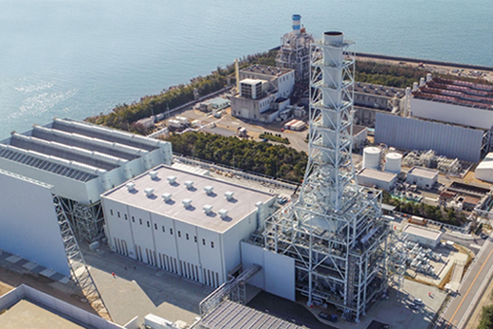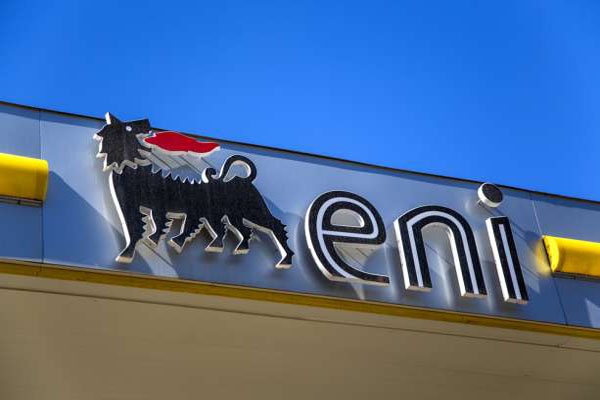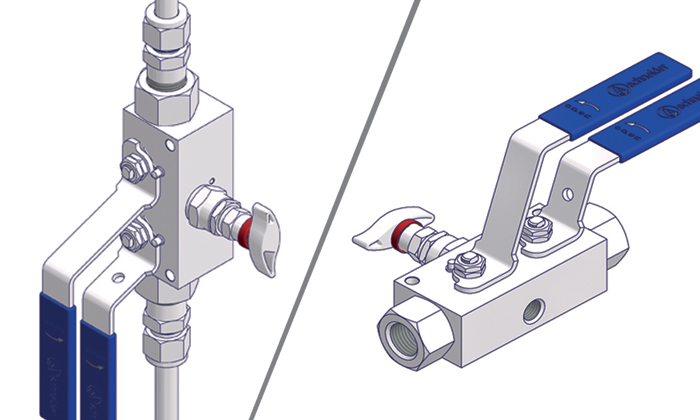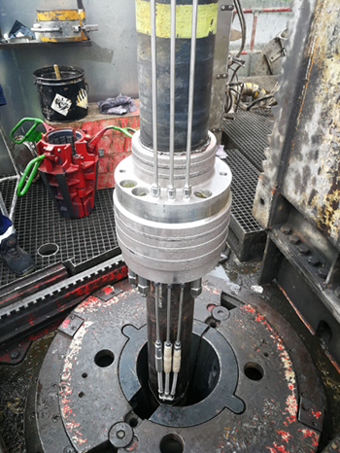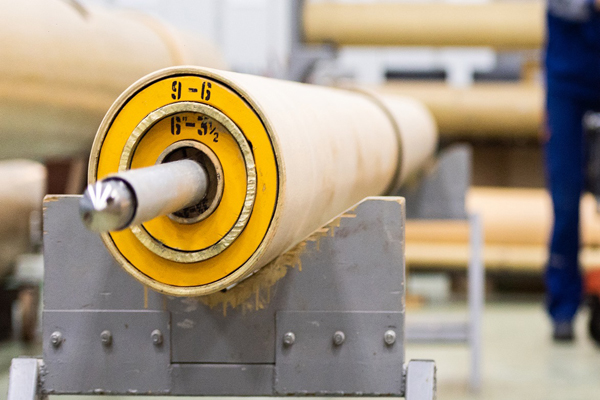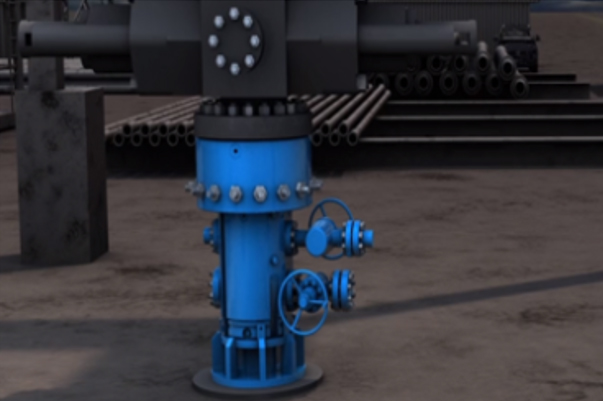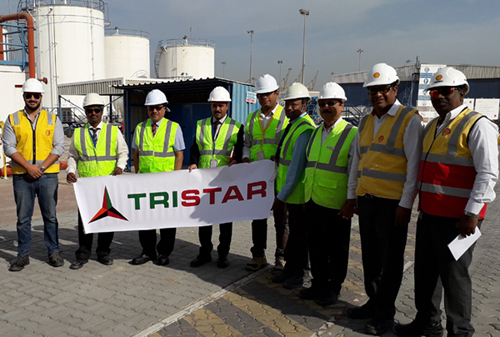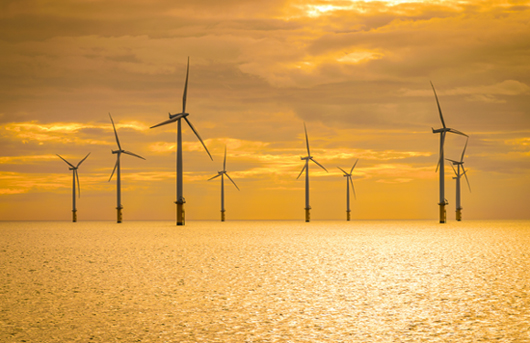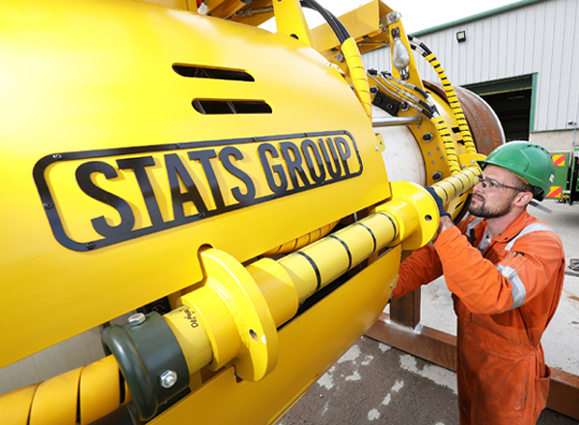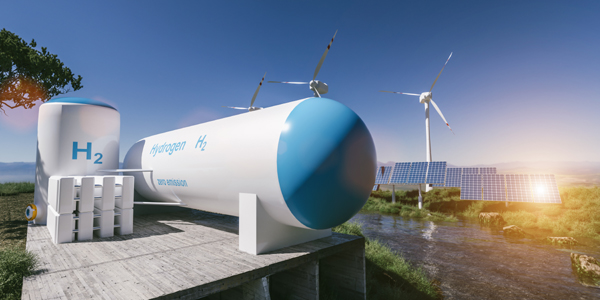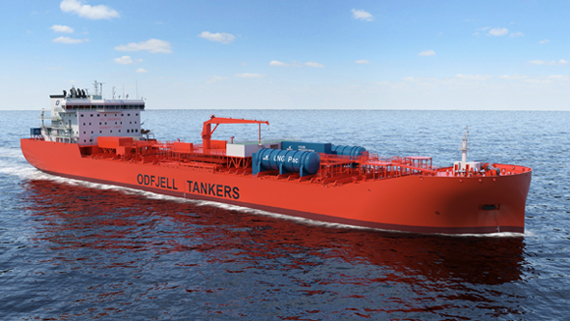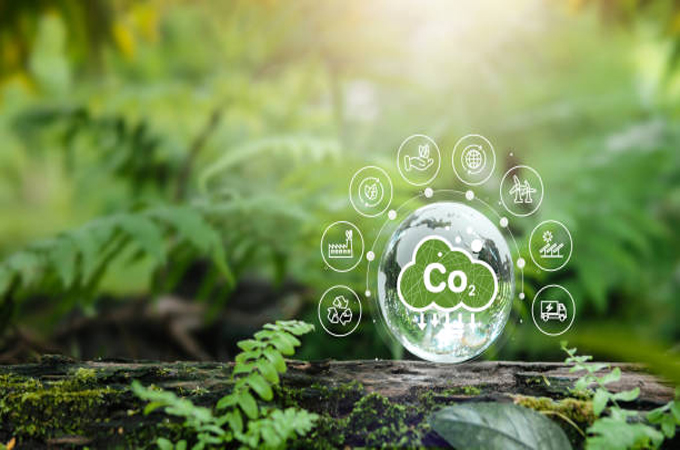 Image by Sakorn Sukkasemsakorn/ iStock
Image by Sakorn Sukkasemsakorn/ iStock
Acting together, countries, companies and international initiatives can harmonise standards, aggregate demand and mobilise finance in ways that are nearly impossible to achieve in isolation, according to the latest Breakthrough Agenda report.
The new report -
an annual collaboration between the International Energy Agency (IEA) and the
Climate High-Level Champions - identifies practical opportunities for countries
to work together in ways that advance both economic development and energy
security while reducing emissions.
At a testing time for
international cooperation, they also underscore its importance to avoid market
fragmentation and falling short of the Breakthrough Agenda goals.
This year’s report
takes a step back to define how success should be measured and what effective
collaboration looks like in practice.
The Breakthrough
Agenda’s annual recommendations have long guided efforts to align policies,
investments and actions, but the 2025 edition introduces a new element,
namely success statements for each sector.
These statements pair
quantitative indicators with qualitative examples to clarify what progress
towards the Breakthrough Agenda’s 2030 goals looks like in measurable terms.
Together, the
recommendations and success statements create a more comprehensive monitoring
framework that can help countries and industries sustain momentum across
sectors.
Regional experience
demonstrates the value of strong cross-border collaboration in areas such as
integrating grid infrastructure and developing zero-emissions transport
corridors.
In Central America and
Southeast Asia, durable institutional frameworks and harmonised planning have
enabled investment in regional grid interconnections.
In Europe and East
Africa, efforts to advance zero-emissions truck corridors depend on coordinated
investment packages, shared standards and grid expansion to support
high-capacity charging infrastructure.
The report finds that
international partnerships are also emerging to reduce risks and catalyse
investment in near-zero emissions iron and steel production.
Offtake agreements
between producers and buyers can increase competitiveness and accelerate
investment in countries with abundant low-cost renewable energy resources.
Examples from Namibia,
Germany, Australia, Sweden and Canada illustrate how bilateral agreements on
standards and cost sharing can provide certainty for businesses and investors.
Collaboration on
supply chains can likewise strengthen energy security, economic and climate
outcomes, offering new opportunities for emerging and developing economies.
Expanding cooperation
on mapping vulnerabilities, skills transfers, R&D and standards development
can enhance resilience and create shared benefits as demand for low-emissions
technologies grows.
Energy and agriculture
are central to international climate discussions currently, with Brazil
identifying both as key themes of its COP30 Action Agenda.
Fertilisers, essential
to global food production, also account for around 2.4 per cent of global
greenhouse gas emissions. Reducing these emissions requires a balanced approach
that safeguards food affordability and supports equitable, sustainable growth.
The report identifies
collaboration priorities in standards and certification, demand creation,
international finance, and research and innovation.
Developing harmonised definitions for low- and
near-zero emissions fertilisers and shared systems for lifecycle accounting
will help create a level playing field across markets.
The report highlights
how coordinated demand-side measures such as public procurement and blended
finance can build markets for lower-emissions products while maintaining food
security and farmer profitability.
At the same time,
scaling up low-emissions ammonia and fertiliser production depends on
early-stage finance, technical assistance and cross-border policy alignment.
Complementary use-side
strategies, such as improved nutrient efficiency and soil health management,
can further reduce emissions and strengthen resilience.
The 2025 Breakthrough
Agenda Report shows that when countries work together, they can deliver
results faster, lower costs and create the certainty needed to unlock
investment in low-emissions technologies.
Translating its
recommendations and success statements into action will be critical to
achieving 2030 goals and delivering shared benefits across all regions.
Launched in 2021, the
Breakthrough Agenda provides a framework for identifying where collaborative
action is most needed.
The process is
supported by 61 countries and more than 150 initiatives across major sectors -
power, hydrogen, road transport, steel, cement and concrete, and buildings.
Its goal is to make
clean technologies and sustainable solutions the most affordable, accessible
and attractive option in each sector by 2030.
International Energy
Agency Executive Director Fatih Birol: “Stronger international cooperation
means stronger energy security. With global electricity demand surging and
countries seeking affordable, reliable and sustainable power supplies,
international collaboration is essential. Whether through shared infrastructure,
harmonised standards or joint investment, coordinated action allows countries
to cut emissions, lower risks, reduce costs and build more resilient energy
systems.”
Dan Ioschpe, COP30 Climate High-Level Champion: “We're in an era of implementation. The Breakthrough Agenda Report 2025 shows that international collaboration is essential to making sustainable technologies the most affordable and accessible option in all sectors and regions by 2030. Working with businesses, civil society, and governments, we need to deploy existing solutions while accelerating progress on what we still urgently need.” -OGN/TradeArabia News Service



